The journey to bring the North-South High-Speed Railway Project back to the parliament for the second time (8th Session, 15th National Assembly ) witnessed great changes in awareness of the "once in a century" project, as well as the maturity of the country's position and power.
The untold story of the long march called high-speed rail
The journey to bring the North-South High-Speed Railway Project back to the parliament for the second time (8th Session, 15th National Assembly) witnessed great changes in awareness of the "once in a century" project, as well as the maturity of the country's position and power.
 |
| Minister of Transport Nguyen Van Thang (now Minister of Finance) on a working trip to survey investment and operation of high-speed railways in China |
A quarter century of research
Up to this point, Mr. Pham Huu Son, Chairman of the Board of Directors of Transport Design Consulting Corporation - JSC (TEDI) still has "goosebumps" when recalling the moment when National Assembly delegates finished voting to approve the investment policy of the North-South High-Speed Railway Project at 3:25 p.m. on November 30, 2024.
The entire inter-agency area - where nearly 1,000 engineers of the Corporation are working at 297 Ton Duc Thang Street (Hanoi) - was quiet when the National Assembly voted and then burst into applause when the National Assembly Chairman announced the voting results with the number of delegates approving the project's investment policy reaching 92.48%.
“This almost absolute number demonstrates the high consensus of the National Assembly, and at the same time shows that the investment policy for the North-South High-Speed Railway Project is feasible and convincing,” Mr. Pham Huu Son recalled.
This year, Mr. Son turns 63 years old, with 40 years of continuous work in the traffic consulting profession, but for him and "TEDI people", the High-speed Railway Project on the North-South axis is still a "big, difficult task", requiring the most effort and brainpower.
It should be added that TEDI is the leading unit of the consulting consortium selected by the Ministry of Transport to prepare the Pre-Feasibility Study Report for the North-South high-speed railway project since the end of 2016. The two remaining units in the consortium are Transport Investment and Construction Consulting Joint Stock Company (TRICC) and Southern Transport Design Consulting Joint Stock Company (TEDISOUTH).
For many people, the initial timeline for the research and investment in the North-South high-speed railway, later renamed the North-South high-speed railway, began in 2005, when the Korea International Cooperation Agency (KOICA) began researching the two sections Hanoi - Ha Tinh and Nha Trang - Ho Chi Minh City, operating only passenger trains, with a design speed of 350 km/hour.
However, in reality, the construction of a high-speed railway on the North-South axis has been a concern of TEDI since 2002, when it was assigned to research and develop the Vietnam Railway Transport Development Plan to 2020. Thus, the journey of researching a high-speed railway on the North-South axis has lasted nearly 23 years.
In this unprecedented “long march”, TEDI and its domestic partners not only crossed rivers and mountains to find the most optimal route, but also learned the latest knowledge about high-speed railways to answer three questions: Does Vietnam really need high-speed railways? If it needs to be implemented, what scenario and plan is optimal? What resources can be mobilized to implement it, without turning this mega-project into a burden on the national budget?
“Those are the big questions that we felt from the leaders of the Party, State and Ministry of Transport during the research process,” said Mr. Pham Huu Son.
According to Mr. Nguyen Danh Huy, Deputy Minister of Transport, after KOICA's research, in 2008 - 2009, the Vietnam - Japan Consulting Joint Venture (VJC) researched and proposed investing in the entire North - South high-speed railway, double track, 1,435 mm gauge, exclusively operating passenger trains, with a design speed of 350 km/hour.
However, the investment policy for the above project did not receive a majority of votes in favor at the May 2010 Session of the 12th National Assembly, despite high expectations from both the consulting unit and the leaders of the Ministry of Transport at that time.
“That was the first pause in the research process to prepare for investment in the North-South High-Speed Railway Project,” Mr. Nguyen Danh Huy shared.
Historical turning points
According to Mr. Nguyen Van Phuc, former Deputy Chairman of the National Assembly's Economic Committee, in 2010, the biggest question the National Assembly asked about the North-South High-Speed Railway Project was "where is the money?"
“At that time, despite being very strict, the total investment of the project still reached 56 billion USD. That was a huge number for the Vietnamese economy in the 2010-2011 period. Concerns about public debt safety were one of the main factors that prevented the National Assembly from approving the investment policy,” said Mr. Nguyen Van Phuc.
 The high level of consensus among the Party, Government and National Assembly agencies on this investment policy and scenario, as well as the country's growing position and power, has helped the Project receive almost absolute consensus from the National Assembly.
The high level of consensus among the Party, Government and National Assembly agencies on this investment policy and scenario, as well as the country's growing position and power, has helped the Project receive almost absolute consensus from the National Assembly. 
However, according to Mr. Pham Huu Son, in addition to the capital issue, many questions about the implementation of the Project in 2010 were not specific enough to convince the National Assembly delegates.
After a silence of nearly 6 years, the Ministry of Transport assigned the TEDI - TRICC - TEDISOUTH Joint Venture to review previous studies, and at the same time update, supplement and complete the Pre-Feasibility Study Report of the High-Speed Railway Project on the North - South axis.
After nearly 4 years of research, in mid-February 2019, the Ministry of Transport officially submitted to the Prime Minister the investment policy for the Project in Document No. 1281/TTr-BGTVT. During the appraisal of the Project's Pre-Feasibility Study Report, 2 viewpoints emerged regarding design speed and transport capacity.
The viewpoint of the Ministry of Transport and consultants is to build a high-speed railway line for passengers with a speed range of 350 km/h, while the viewpoint of the appraisal consultant and some independent experts is to build a high-speed railway line for both passengers and goods, with a speed range of less than 250 km/h.
This is a very large-scale project with complex technical and technological standards, implemented for the first time in Vietnam, requiring centralized direction from the highest level, strong political determination, ensuring a strategic and long-term vision. Therefore, in October 2023, Prime Minister Pham Minh Chinh established the Steering Committee for the development and implementation of the Project on investment policy for high-speed railways on the North-South axis and important national railway projects. This is considered one of the important turning points in the process of researching the Project.
Mr. Nguyen Danh Huy said that during the process of implementing the Project, the Ministry of Transport directed consultants and related units to organize research, thorough and comprehensive evaluation, and synthesize the experience of developing high-speed railways of 22 countries and territories that are exploiting them; organized interdisciplinary working groups to directly survey 6 countries that possess high-speed railway technology, including Japan, China, Korea, France, Germany, and Spain.
According to the Chairman of the Board of Directors of TEDI, the orientation of the High-speed Railway Project on the North-South axis with a speed of 350 km/h, transporting passengers, meeting the dual-use requirements for national defense and security, and being able to transport goods when necessary has gradually received high consensus in the Politburo, the Central Executive Committee, and the National Assembly. It is impossible not to mention the role of former Minister of Transport Nguyen Van Thang (now Minister of Finance).
Just about 1 month after being approved by the National Assembly to hold the position of Minister of Transport, the head of the transport sector at that time made a special trip to Japan. In addition to strengthening the transport cooperation between the two countries, Minister Nguyen Van Thang spent a lot of time learning about the high-speed rail system in Japan - the world's leading power in this field.
During his subsequent working trips to several countries with high-speed railways, Minister Nguyen Van Thang also spent a lot of time talking with local transport officials, gaining practical experience in investment, operation and the impact of high-speed railways on the local economy.
“We clearly feel the determination of Minister Nguyen Van Thang to approve the investment policy of the Project during this term. However, the first thing to do is to reach a high level of consensus on the policy and investment scenario of the project,” said Mr. Pham Huu Son.
By early April 2024, the views of the Ministry of Transport and its consultants on the Project investment plan were once again strongly confirmed after a working trip to China by Minister of Planning and Investment Nguyen Chi Dung.
In a report sent to Prime Minister Pham Minh Chinh, Minister Nguyen Chi Dung affirmed that the policy of considering and deciding on investment at this time is in line with the needs and reality of the country's development.
The choice of speed and mode of transport should be based on economic scale, transport demand, reasonable allocation to transport modes and characteristics of localities where the railway passes through; there should be a strategy for training high-quality, systematic human resources and a roadmap for transferring and mastering technology suitable for market scale. The long-term, hundred-year vision is a seamless investment railway line with a design speed range of 350 km/h.
“The high level of consensus among the Party, Government and National Assembly agencies on this investment policy and scenario, as well as the country's growing position and power, has helped the Project receive almost absolute consensus from the National Assembly to open a new phase for the project,” said Mr. Pham Huu Son.
Source: https://baodautu.vn/chuyen-chua-ke-ve-cuoc-truong-chinh-mang-ten-duong-sat-toc-do-cao-d242382.html




![[Photo] National Assembly Chairman Tran Thanh Man meets with Thai Prime Minister Paetongtarn Shinawatra](https://vphoto.vietnam.vn/thumb/1200x675/vietnam/resource/IMAGE/2025/5/15/e71160b1572a457395f2816d84a18b45)


![[Photo] Prime Minister Pham Minh Chinh receives Country Director of the World Bank Regional Office for Vietnam, Laos, Cambodia](https://vphoto.vietnam.vn/thumb/1200x675/vietnam/resource/IMAGE/2025/5/15/2c7898852fa74a67a7d39e601e287d48)


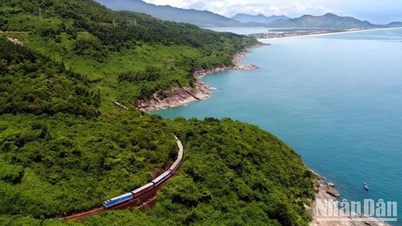




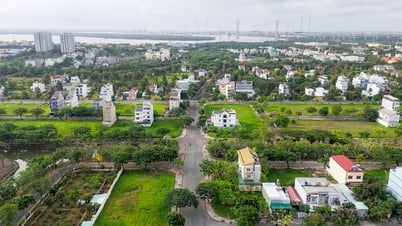
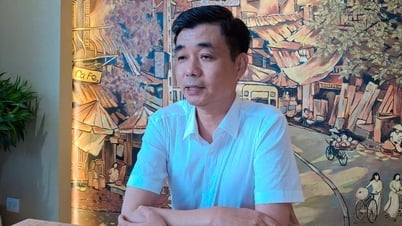

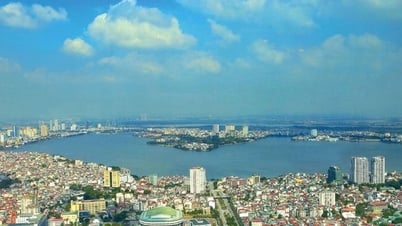

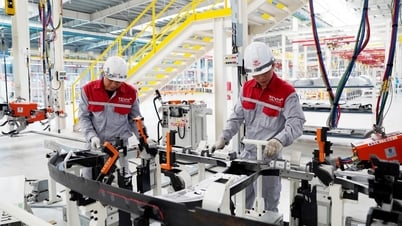

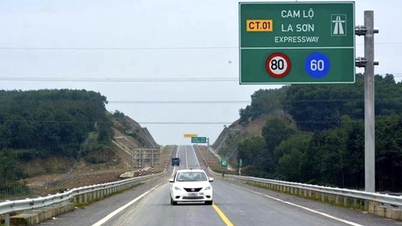
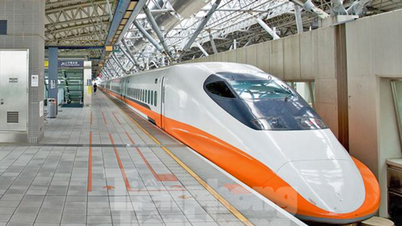
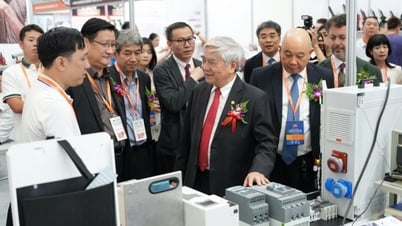
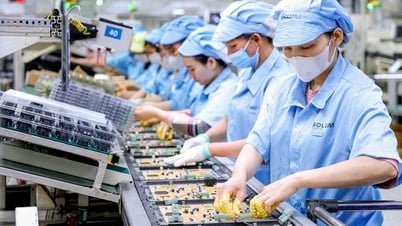








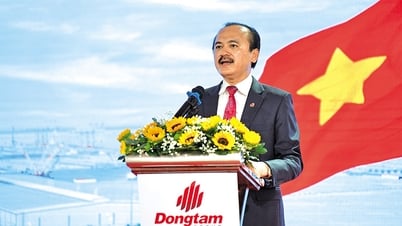

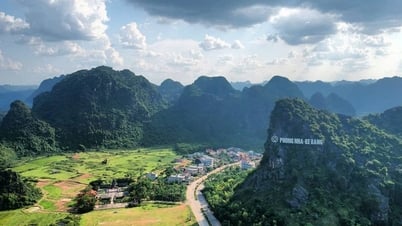



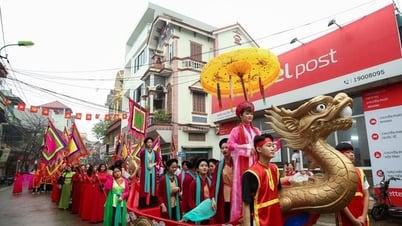

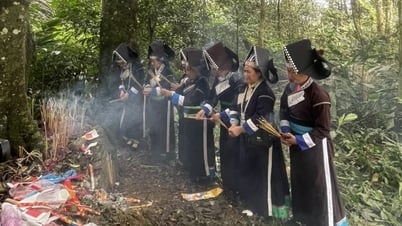

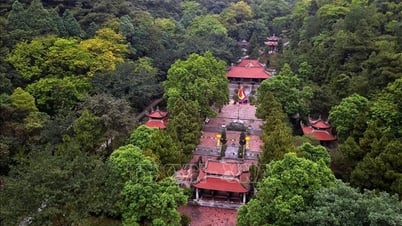


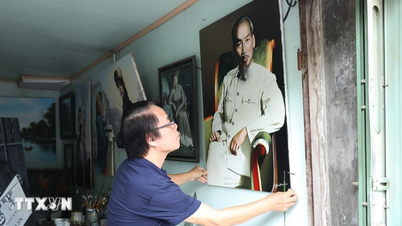

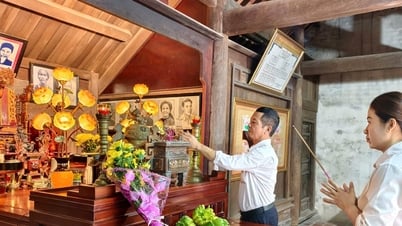


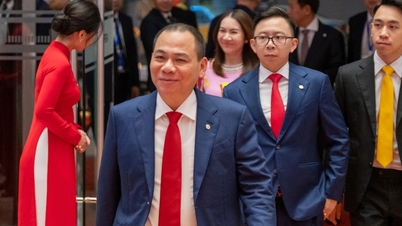



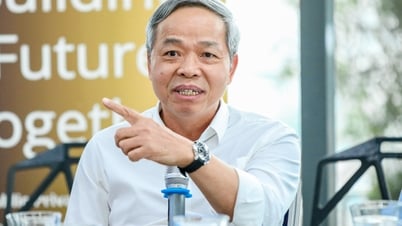





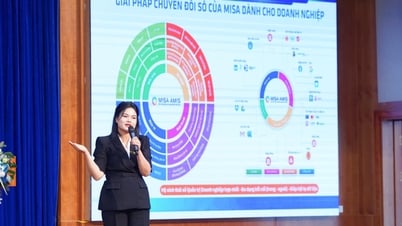

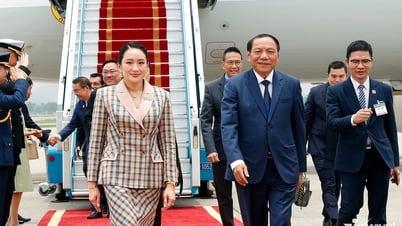
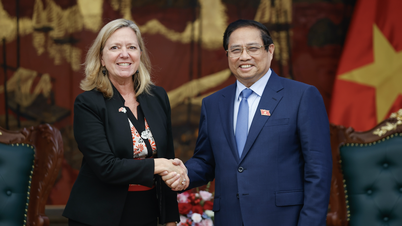

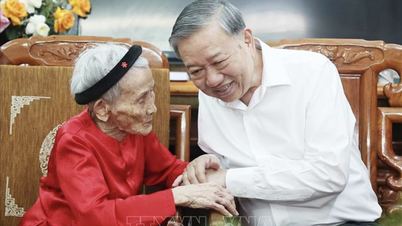

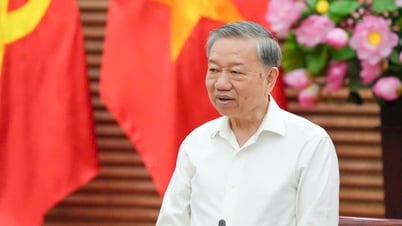


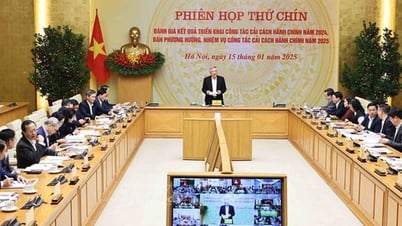

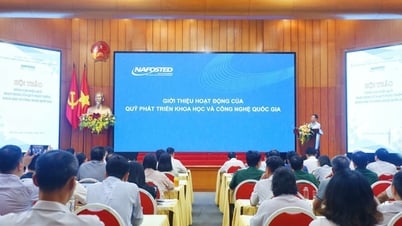

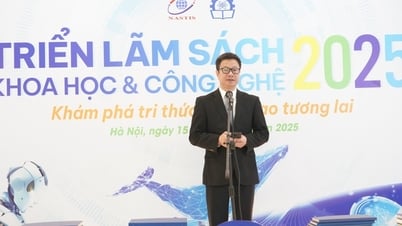
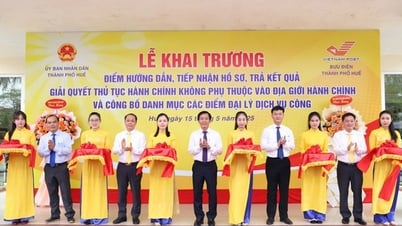
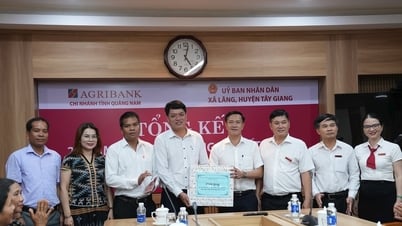



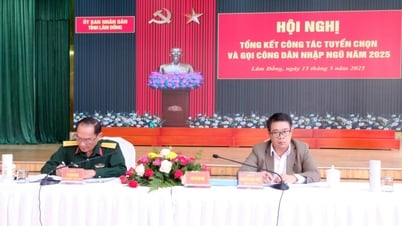
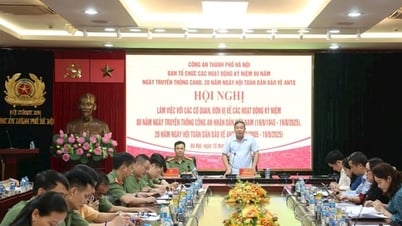
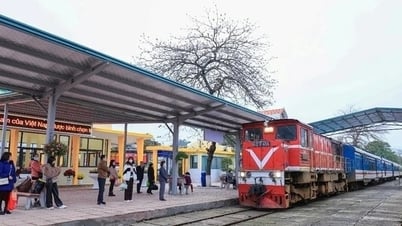

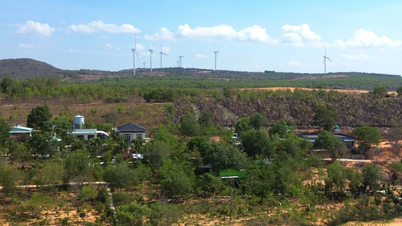

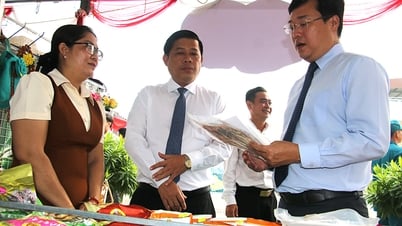




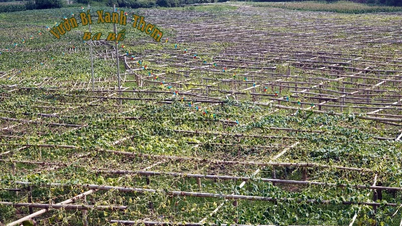
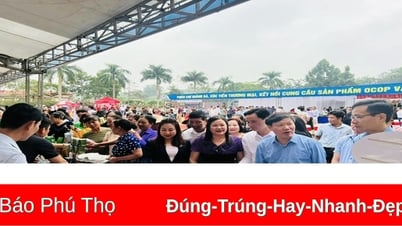

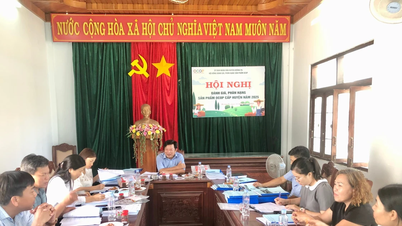
Comment (0)